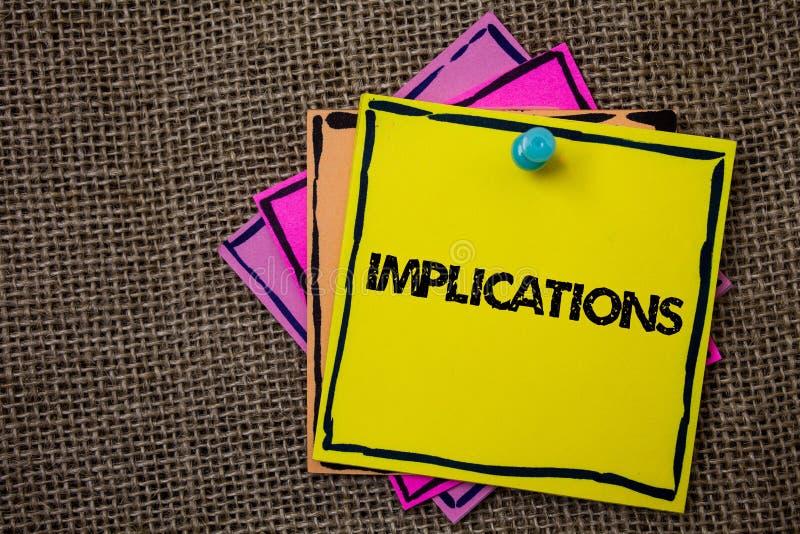Soccer, the beautiful game, is rife with excitement, drama, and of course, rules. One of the most common rulings that can leave players and fans alike scratching their heads is the infamous yellow card. But what does it truly mean when a player is cautioned with this citrus-colored slip of paper? Let’s delve into the world of yellow cards in soccer and uncover the mysteries behind this crucial disciplinary action.
Understanding the significance of receiving a yellow card
Receiving a yellow card in soccer is a significant event that carries consequences for players on the field. This cautionary action by the referee serves as a warning to the player for committing a foul or misconduct during the game. While a yellow card does not result in immediate expulsion from the match, accumulating multiple yellow cards can lead to a player being suspended for future games.
Players who receive a yellow card must be mindful of their actions moving forward to avoid receiving a second yellow card, which would result in a red card and ejection from the match. Additionally, a yellow card can impact the team’s performance by forcing them to play with one less player if a player is sent off with a red card. Understanding the significance of a yellow card is crucial for players to maintain their composure and play within the rules of the game.

Implications of receiving multiple yellow cards in a game
Receiving multiple yellow cards in a soccer game can have serious implications for both the player and their team. When a player receives a second yellow card in a single game, they are automatically shown a red card and are sent off the field, leaving their team with a numerical disadvantage. This means that the team will have to play with one less player for the remainder of the match, making it much harder to compete effectively.
Furthermore, accumulating multiple yellow cards throughout a season can result in suspensions for the player. Different leagues and competitions have varying rules on yellow card accumulations, but typically if a player receives a certain number of yellow cards within a set period, they will be suspended for one or more matches. This can be a major blow to the player, as well as to their team, especially if the suspension occurs during crucial matches.

How to avoid getting a yellow card in soccer
A yellow card in soccer is a caution given to a player by the referee for misconduct on the field. It serves as a warning that the player is committing fouls or behaving unsportingly and if they continue, they may receive further punishment or be sent off the field. A yellow card is typically shown as a small yellow card held up by the referee.
To avoid getting a yellow card in soccer, players should remember a few key tips:
- Play Fair: Always play the game with integrity and follow the rules set by the referee.
- Stay Calm: Avoid getting into arguments or altercations with other players, referees, or fans.
- Control Your Aggression: Refrain from making reckless tackles or using excessive force when challenging for the ball.

Key differences between a yellow card and a red card in soccer
Yellow cards and red cards are disciplinary actions used in soccer to penalize players for misconduct on the field. While both cards serve as warnings to players, there are key differences between the two in terms of severity and consequences.
Here are some :
- Yellow Card: A yellow card is shown to a player as a caution for committing a foul or misconduct. It serves as a warning to the player to avoid further infractions. If a player receives two yellow cards in a single game, they will be shown a red card and ejected from the match.
- Red Card: A red card is a more severe disciplinary action than a yellow card. It is shown to a player for serious misconduct, violent conduct, or committing a foul that denies an obvious goal-scoring opportunity. When a player receives a red card, they are immediately sent off the field and their team must play the remainder of the match with one player fewer.
Key Takeaways
In conclusion, the yellow card in soccer serves as a warning to players for committing fouls or unsporting behavior on the field. It is a signal for players to modify their actions and avoid receiving further disciplinary actions from the referees. Understanding the significance of the yellow card can help players maintain sportsmanship and fair play during the game. So next time you see that cautionary card being brandished, remember its significance and play the game with respect and integrity.